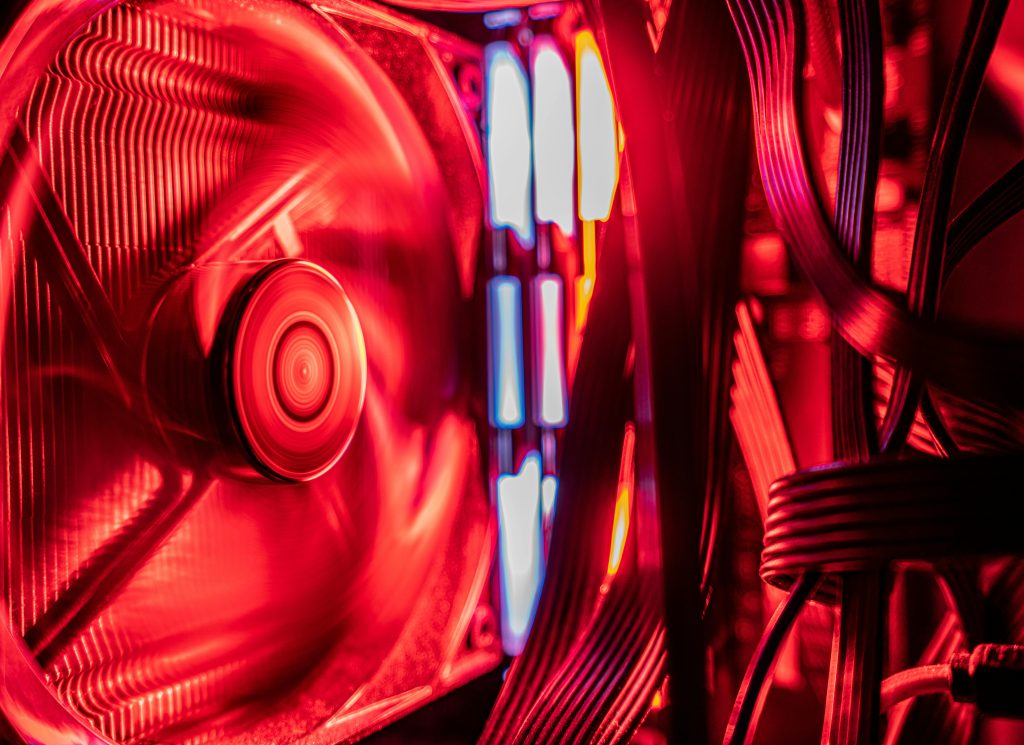Troubleshooting Boot Issues After System Clean-Up and Driver Update
Recently, I encountered a frustrating situation with my computer after performing some maintenance tasks. After installing a new NVMe SSD and reorganizing my game library, I decided to use CCleaner to eliminate potential broken registry links. However, hours later, when attempting to update my NVIDIA graphics drivers, the installation process wouldn’t proceed as expected.
In hopes of resolving the driver issue, I restarted my PC, but that’s when everything went awry. To my dismay, my computer failed to boot entirely. Here’s a breakdown of the symptoms I experienced:
- My monitor displayed no output; it was completely blank.
- The keyboard appeared unresponsive, showing no sign of activity (the Caps Lock indicator light did not activate).
- Attempts to utilize the F11 key for Windows recovery were unsuccessful.
- While the CPU and case fans spun normally, and the RGB lights on my RAM and graphics card illuminated, there was no display on the monitor.
- The BIOS splash screen from Aorus did not appear, and there were no options to access BIOS settings.
- I realized that even holding down the power button wouldn’t shut down the system—I had to physically unplug it or switch it off from the power supply.
For reference, here are my computer specifications:
– Operating System: Windows 10
– Graphics Card: GTX 1070 Ti
– Processor: Ryzen 2600
– Motherboard: Gigabyte X470 Aorus Gaming 5 WiFi
If you find yourself in a similar predicament, you might consider a few troubleshooting steps:
-
Check Connections: Ensure that my SSD and all other components are securely connected. Sometimes, loose cables can lead to boot issues.
-
Clear CMOS: Resetting the BIOS settings by clearing the CMOS can help if there are any corrupted settings.
-
Boot in Safe Mode: If after clearing the CMOS the system still fails to boot, trying to boot the computer in Safe Mode could be a viable option.
-
Evaluate Hardware Changes: Since the issue arose after installing new hardware, checking for any installation errors or conflicts with the new NVMe SSD is crucial.
-
Seek Professional Help: If the problem persists despite these steps, it may be necessary to consult a professional technician.
Keeping an eye on these potential solutions can help improve the chances of a successful recovery after encountering similar issues. Stay tuned for updates on my
Share this content:




Suggested Troubleshooting Steps for Your Boot Issue
I’m sorry to hear about the trouble you’re experiencing after performing maintenance on your system. Based on the symptoms you’ve described, here are some additional suggestions that might help resolve the issue: